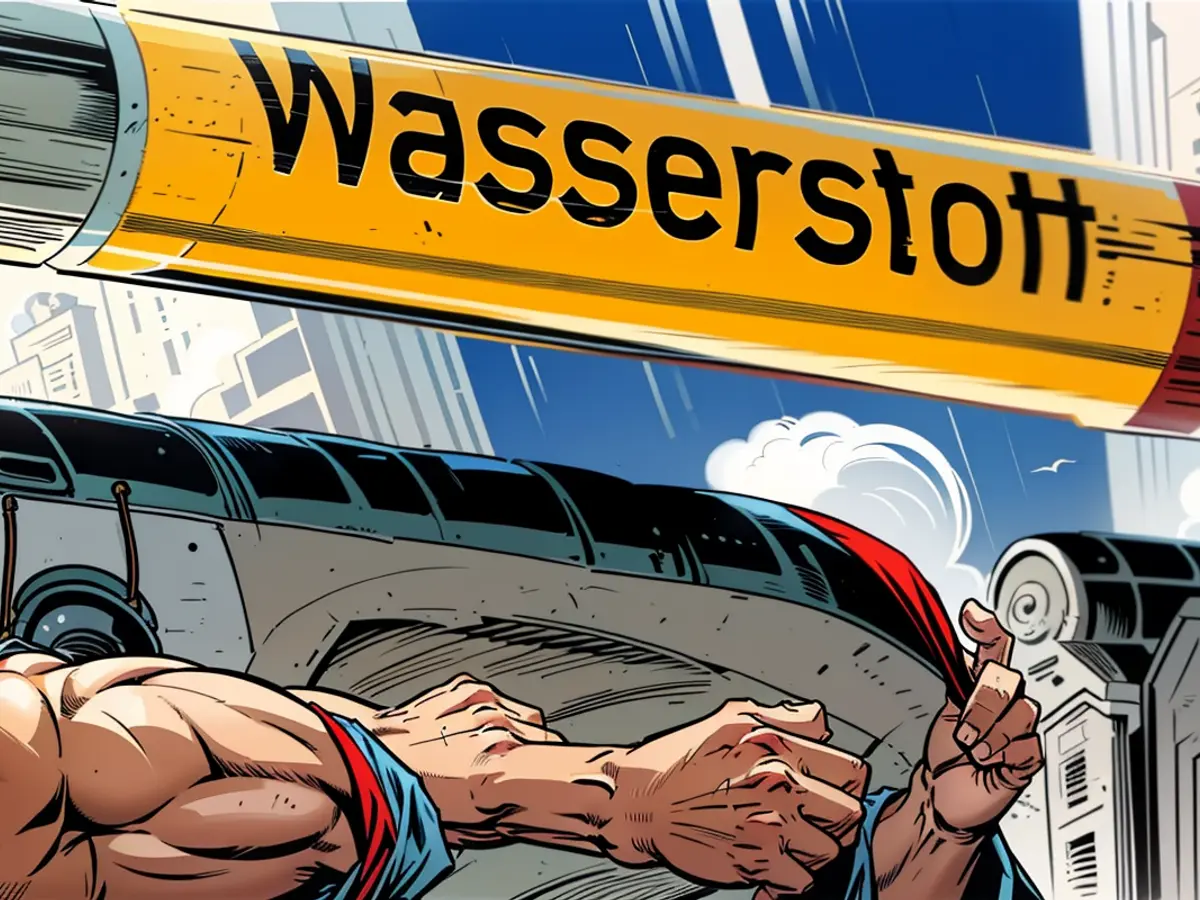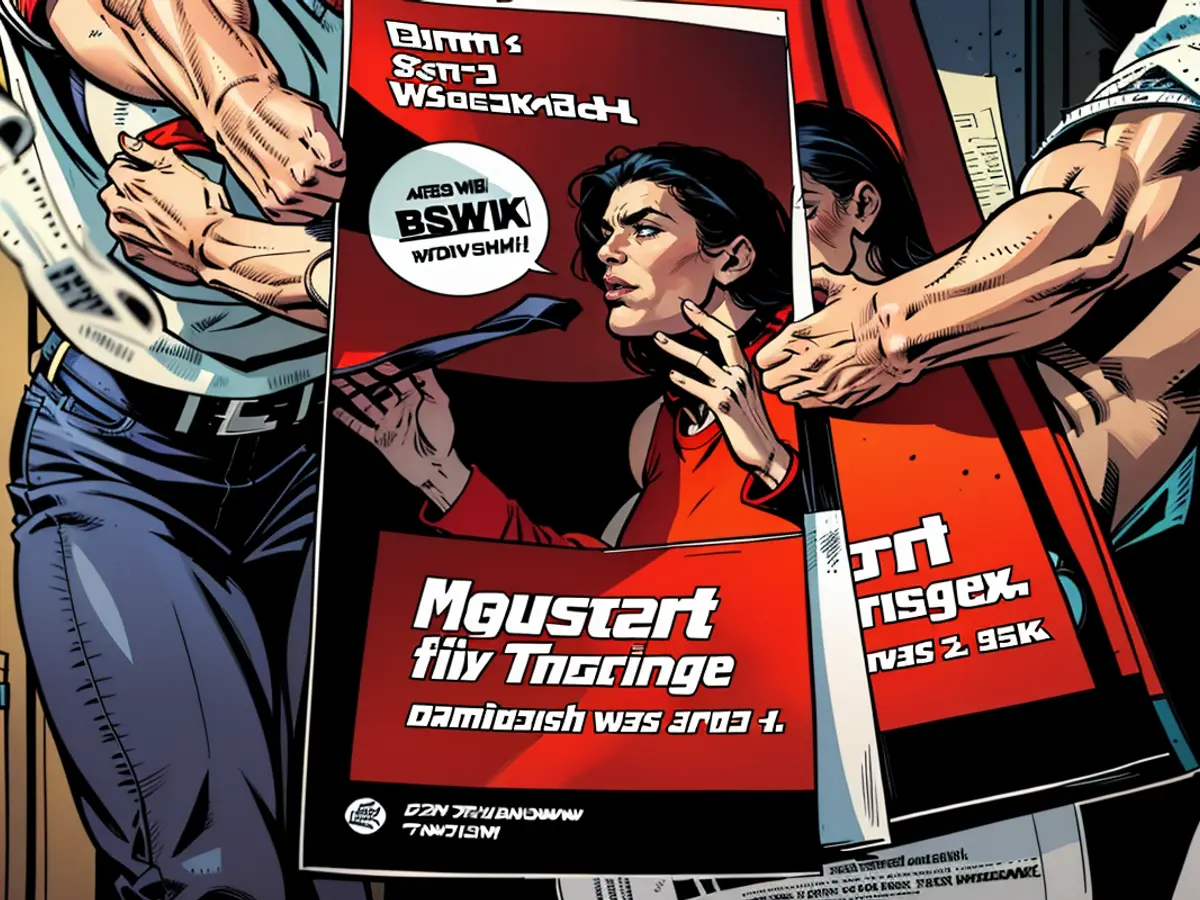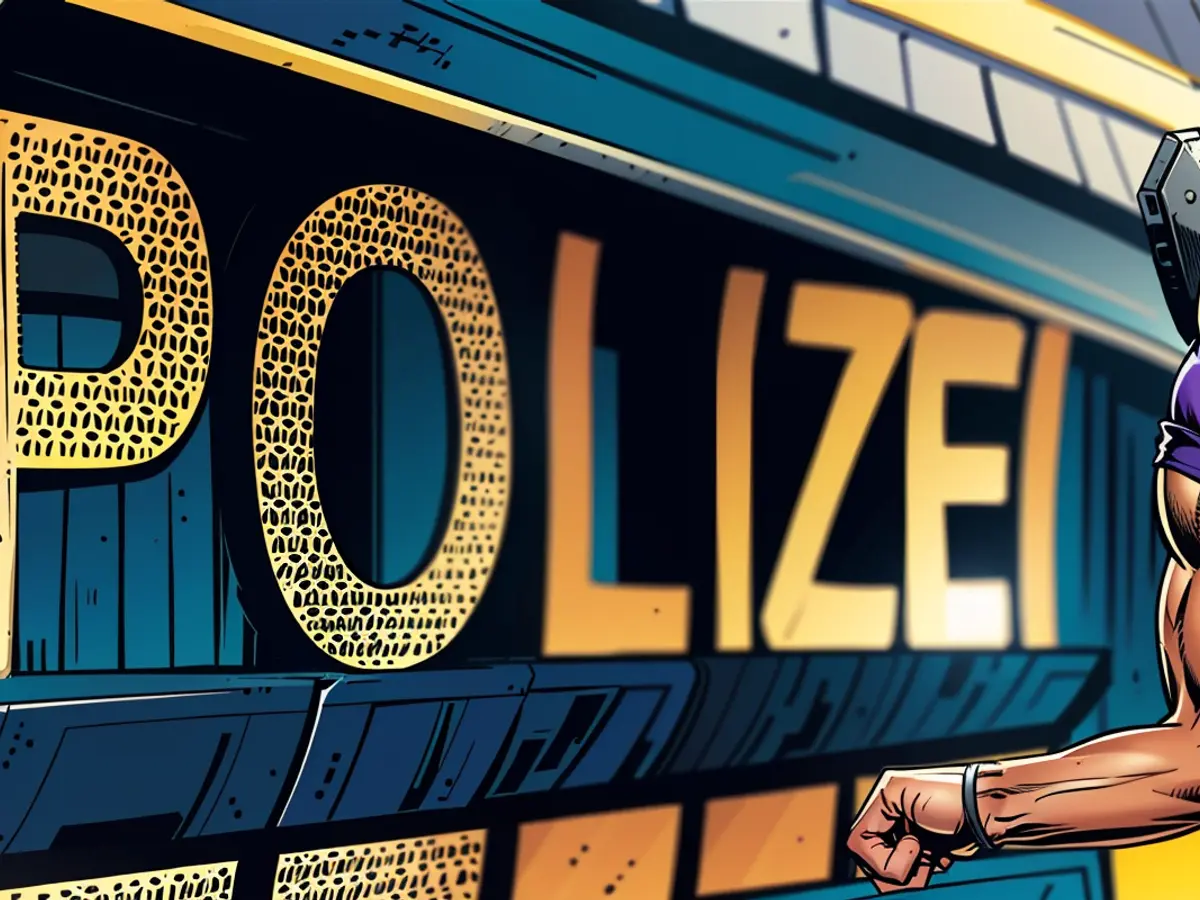Train Unions and Deutsche Bahn in Wage Disputes
The much-anticipated wage negotiations between the German Train Drivers' Union, GDL, and Deutsche Bahn resumed on a frigid Friday in Berlin. Absent during much of the previous day's discussions, GDL leader Claus Weselsky re-emerged at the negotiating table, his facial expression an enigma. As for DB personnel director Martin Seiler, any comments or insight on the current negotiating situation were conspicuously absent.
The key factor hampering these negotiations is the GDL's unyielding demand for a significant reduction in weekly hours for shift workers, from the current 38 hours to 35 hours, with full pay compensation. Deutsche Bahn's personnel director, Seiler, views this demand as unattainable and sees no leeway for compromise due to the current skilled labor shortage.
In the opening salvo of negotiations, DB extended a lucrative offer to the GDL, tantalizing them with the prospect of an elevated 11% wage increase over a 32-month period. However, the GDL countered with a demand for a whopping 555 euros per month wage hike and an inflation compensation bonus over a twelve-month period.
Two weeks prior, the GDL had launched a strike, inflicting chronic train cancellations on the commuting public. Recently, too, members of the union embarked on a ballot to consider whether to escalate the ongoing wage dispute to an open-ended strike. By the end of this month, the results of this ballot will determine if further disruptions to travel plans are imminent.
At present, Deutsche Bahn's rail services are unaffected by GDL's capacity for industrial action. Yet, the looming specter of indefinite strikes, should the GDL members approve, casts a dark shadow over the rail industry. This prospect, should it come to fruition, would lead to a series of disruptions that threaten to hobble regional, long-distance, and freight services nationwide.
Though the tariff discussions between GDL and Deutsche Bahn weave an ever-tightening knot, train services remain unimpacted by the strikes, at least for now. Yet, the uncertainty that hangs over the heads of rail commuters is palpable. Only time will reveal if the GDL's tenacious demands will unravel the current stalemate or ignite a smoldering fuse into open conflict.
Sources:
Enrichment Data:
The ongoing wage dispute between Deutsche Bahn and the Eisenbahn- und Verkehrsgewerkschaft (EVG), the umbrella union for various railway trade unions, began on January 28, 2025. These negotiations are particularly acute due to the soon-to-be held federal election on February 23, 2025. The EVG aims to ensure workers' interests are protected regardless of the election outcome and any potential changes in company policies.
Negotiations have reached a critical juncture with both sides struggling to find common ground. Deutsche Bahn proposed a 6.6% wage increase with an additional 2.6% boost for shift workers, which EVG countered with a demand for a 7.6% increase for all employees.
EVG is also requesting job security guarantees through 2027 and improved benefits for shift workers, including the option to convert wage increases into additional time off. If no agreement is reached by March 31, 2025, the risk of strikes spiking increases significantly. Deutsche Bahn has offered a 37-month contract term, while EVG seeks greater flexibility to renegotiate earlier if economic conditions change.
Failing to find resolution, rail passengers could be subject to chronic disruptions commencing from April 2025, impeding regional, long-distance, and freight traffic across Germany.








